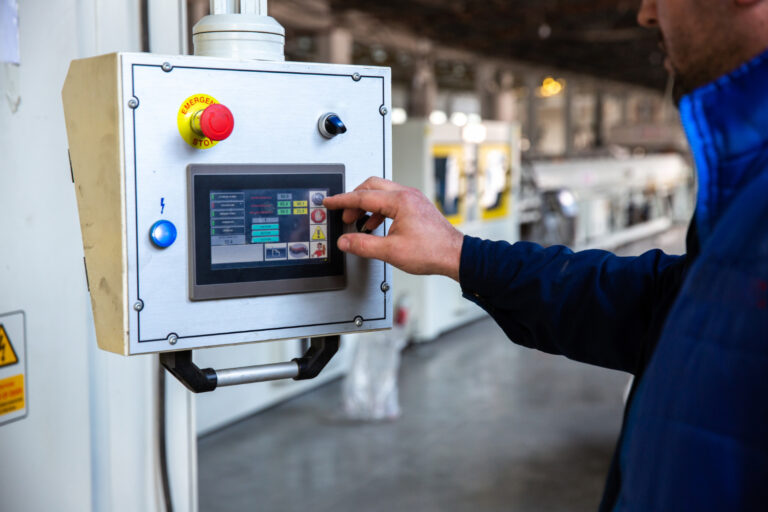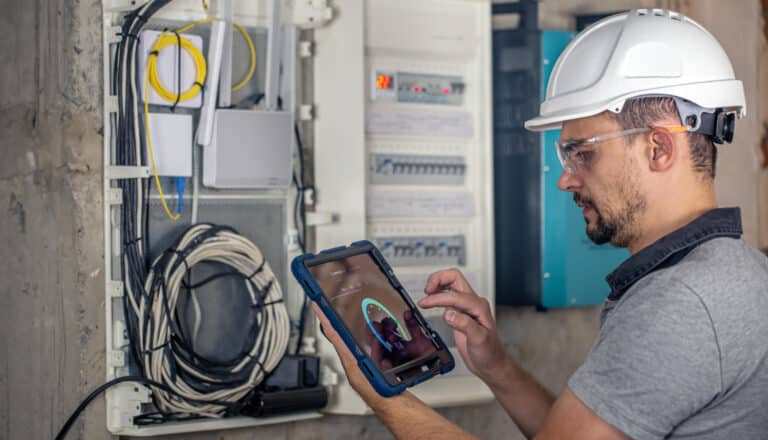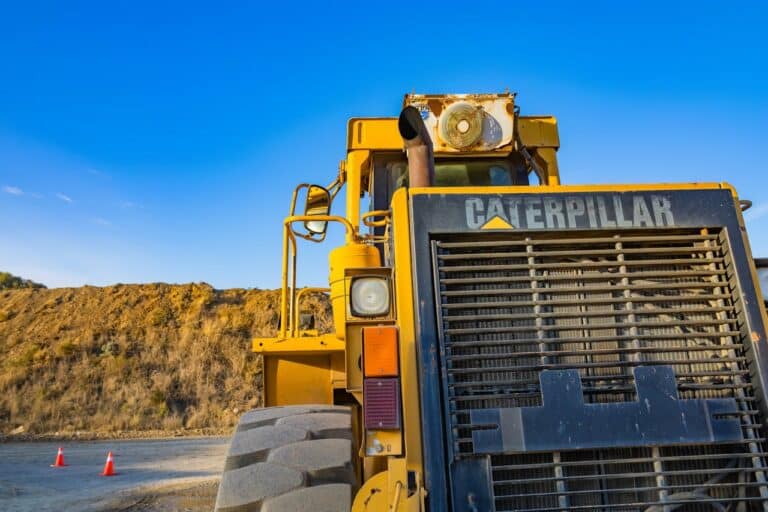Monday - Thursday 9AM - 5PM | Friday 9AM - 4PM
Heat Management in Mines: The Role of Advanced IR Temperature Sensors
Mining operations, particularly in deep underground environments, face significant challenges related to heat management. As mining extends deeper below the surface, the natural geothermal gradient, auto-compression of air, and heat generated by equipment create hazardous working conditions. Effective heat management is critical not only for the safety and health of workers but also for maintaining operational efficiency. Among the emerging technologies addressing this issue, advanced infrared (IR) wireless temperature sensors stand out as transformative tools.
The Heat Challenge in Mining
Heat stress is a major concern in mining operations. Underground mines, especially those at great depths, encounter elevated temperatures due to:
- Geothermal Gradient: Rock temperature increases with depth, contributing significantly to the heat load.
- Auto-Compression: Air compresses as it descends into mine shafts, raising its temperature.
- Equipment Heat: Diesel engines, electrical systems, and blasting operations generate substantial heat.
- Restricted Airflow: Limited ventilation reduces the body’s ability to dissipate heat through perspiration.
These factors lead to worker discomfort, reduced productivity, and increased risks of heat-related illnesses such as heat stroke. Traditional cooling methods like ventilation systems and refrigeration are effective but costly and energy-intensive.
The Role of IR Temperature Sensors
Infrared temperature sensors and thermal imaging cameras are revolutionising heat management in mines by offering non-contact, real-time monitoring of temperature variations. Here’s how they contribute:
1. Equipment Monitoring
IR sensors can monitor the temperature of critical machinery such as motors, conveyor belts, and bearings. By detecting overheating or abnormal temperature patterns early, they enable preventive maintenance, reducing downtime and preventing equipment failures.
2. Worker Safety
Thermal imaging cameras can assess workers’ surface temperatures to identify signs of heat stress or overheating. This data allows for timely interventions, such as providing rest breaks or adjusting workloads to cooler times of the day.
3. Fire Detection
In coal mines, spontaneous combustion of coal piles is a persistent risk. IR cameras can continuously monitor coal storage areas for hotspots and trigger alarms when high-temperature zones are detected. This early warning system helps prevent fires and ensures safety.
4. Ventilation Optimisation
IR sensors can assist in optimising ventilation systems by identifying areas with excessive heat build-up. This targeted approach improves airflow management while reducing energy costs associated with large-scale cooling.
5. Structural Safety
Thermal imaging can detect temperature changes in walls or ceilings that may indicate water seepage or structural weaknesses. This capability enhances safety by identifying potential hazards before they escalate.
Advantages of IR Temperature Sensors
The adoption of IR technology in mining offers several benefits:
- Non-Contact Measurement: Enables monitoring in hazardous or hard-to-reach areas without endangering personnel.
- Real-Time Data: Provides instant feedback on temperature anomalies.
- Energy Efficiency: Reduces reliance on energy-intensive cooling systems by targeting specific problem areas.
- Cost Savings: Minimises unplanned downtime through predictive maintenance.
Conclusion
Advanced IR temperature sensors are proving indispensable in modern mining operations. By addressing the dual challenges of worker safety and operational efficiency, these technologies are not only mitigating risks but also transforming how mines manage heat stress. As mining ventures push deeper into the Earth’s crust, the role of innovative solutions like IR sensors will only become more critical.
Investing in these technologies is not just about compliance with safety standards—it’s about ensuring sustainable and efficient mining practices for the future.



